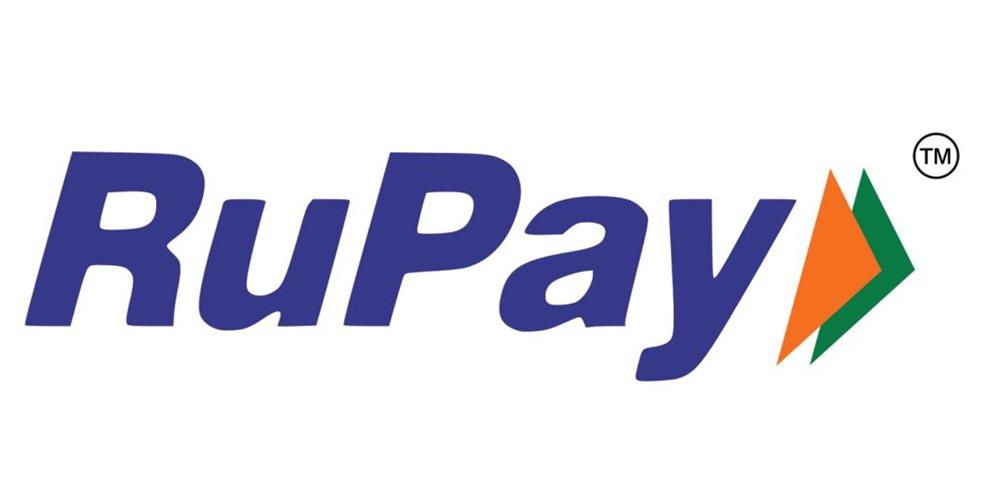RuPay UPI Credit Cards Will Have 2% MDR! But These Merchants Will Get Relief

Barring the transactions originating from small merchant establishments with turnover up to Rs 20 lakh, the National Payments Corporation of India (NPCI) and various banks have finally agreed on a proposal to charge 2 per cent MDR for UPI-RuPay credit cards.
A consensus to charge 2 per cent MDR or merchant discount rate for RuPay credit cards on UPI network has been reached by NPCI and banks. Out of this 2%, 1.5% will go towards the card issuing bank whereas the 0.5% will be shared with RuPay network and the acquiring entity.
T. Rabi Sankar, RBI Director said that “The basic objective of linking credit cards to UPI is to provide a customer (with) a wider choice of payments. Currently, UPI is linked through debit cards to savings accounts or current accounts.”
He said that pricing shall be done by banks as he said “The system entities will have to do. At this point, we will introduce the arrangement, and pricing we will see how it goes”.
What is MDR?
There are various intermediaries involved in every payment like VISA, Mastercard, RuPay, etc. A fee is then charged by the card issuing bank in order to compensate these intermediaries, which is then distributed accordingly. The MDR charging mechanism has been revised by RBI in 2017 and a detailed FAQ was published regarding the same.
For smaller merchants, whose turnover is up to Rs 20 lakh, banks cannot charge more than 0.4 per cent for transaction up to a maximum of Rs 200 per for both physical point of sale (POS) and online transactions. In the case of QR code-based payments, banks can charge 0.3 per cent up to a maximum Rs 200 per transaction.
For the remainder of them, upto to 0.9 per cent MDR for transaction up to a maximum of Rs 1000 for POS and online transactions and 0.8 per cent MDR for QR code-based payments up to a maximum of Rs 1000 per transaction can be charged by the bank.
Balaji Jagannathan, Co-founder, Paycorp.io, a payment processing company said that “MDR is also called TDR or Transaction Discount Rate. The MDR fee thus charged is shared between the Point of Sale (POS) terminal provider, the bank that processes the POS transaction, the network provider (VISA, MasterCard, Rupay, etc.), and the bank which has issued the card”.
Why is it Important?
Previously, in the Union Budget 2019, it was announced that there should be no MDR for UPI and RuPay debit card transactions up to Rs 2000.
However, a Rs 1300 crore relief package was then announced to compensate banks for the loss of MDR, the Union Cabinet in December, 2021.
Minister of Electronics and Information Technology Ashwini Vaishnaw said the central government will reimburse transaction charges levied on digital payments made by persons to the merchant (P2M) and will also pay a percentage of the value of the person to merchant (P2M) transactions done through RuPay debit cards and low-value UPI payments.

[…] this category, Nil Merchant Discount Rate (MDR) would be applicable, up to the transaction amount less than and equal to Rs 2,000, the […]
[…] September 20, Reserve Bank of India (RBI) Governor Shaktikanta Das launched the Rupay credit card on Unified Payments Interface (UPI) […]
[…] September 20, Reserve Bank of India (RBI) Governor Shaktikanta Das launched the Rupay credit card on Unified Payments Interface (UPI) […]